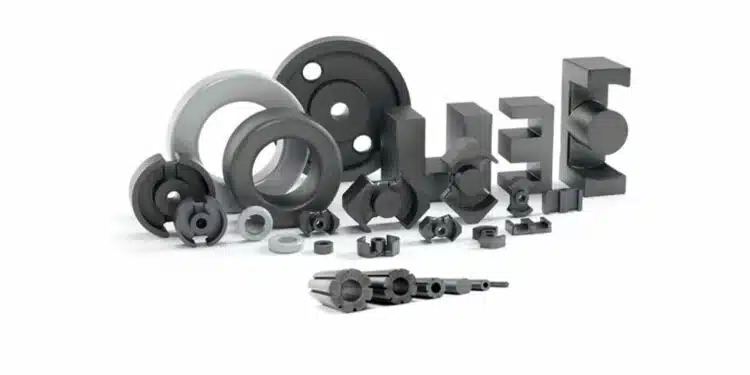Bourns, Inc. announced a strategic realignment of its Göttingen and Küllstedt, Germany ferrite manufacturing plants. The ferrite manufacturing, assembly and warehousing will be relocated from Germany to the Company’s facilities in Tunisia.
Bourns, Inc., a leading manufacturer and supplier of electronic components for power, protection, and sensing solutions, today announced a strategic realignment of its Göttingen, Germany operations, signifying the Company’s future direction that better aligns with the needs of the industry.
The realignment phases out ferrite manufacturing at the Göttingen facility, and importantly invests in the expansion of Bourns’ engineering capabilities at the facility. Concurrently, assembly operations at the Küllstedt, Germany supporting site will also cease, and quality and warehousing functions will be relocated from Germany to the Company’s facilities in Tunisia.
This strategic initiative enables Bourns to consolidate its operational footprint while enhancing its engineering presence in Göttingen.
“These actions positively reflect our commitment to adapting to the evolving needs of the market and allow us to enhance our focus on our core engineering strengths,” said John Kelly, President of the Power Division at Bourns. ” We are deeply grateful to our operation teams in Göttingen and Küllstedt for their dedication and hard work. We are committed to supporting them in every way possible through this difficult transition.”
The increase in energy prices and labor costs have made high-energy operations such as ferrite manufacture in Germany, uncompetitive. In addition, increased competition and shifting market demands have added extra economic pressures.
The investment in Bourns’ expanded engineering presence in Göttingen is expected to create new opportunities for engineers, designers and researchers. Adding this level of talent will help make Göttingen a key Bourns hub for product development and innovation. The Company also plans to establish a new laboratory, expand the R&D teams and collaborate with local universities. This gradual transition will be carefully managed to minimize any disruption to customers and support affected employees.
“Our engineering team in Göttingen has decades of experience in developing leading-edge technologies that have provided optimal support for inductive component customer demand,” said Benjamin Hofmann, Product Line Director at Bourns. “This strategic realignment underscores Bourns’ commitment to remaining at the forefront of its industry. By focusing on our core strengths and investing in future-oriented capabilities, we are poised for continued success and growth.”































